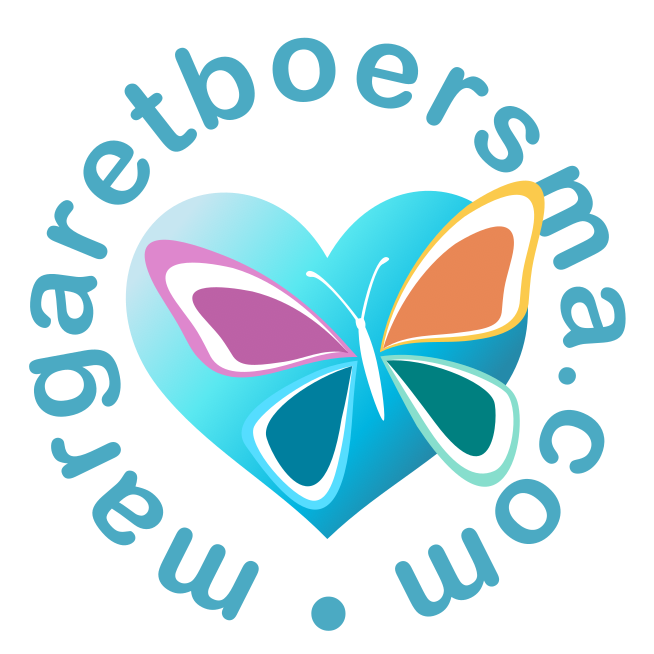For Schools and for Corporate
I have just finished a residency at a school when a boy comes up to me and says, “I wish you could stay. I love learning this way…it is so much better then reading and writing about it.” Often, boys are my most expressive students in drama and movement. Just like in sports, boys learn through movement and being socially engaged with peers.
“It is in Apple’s DNA that technology alone is not enough—it’s technology married with liberal arts, married with the humanities, that yields us the results that make our heart sing.”
– Steve Jobs, in introducing the iPad 2 in 2011
Soft Skills Are Essential Skills
We are concerned about our students as future leaders in the world. The emphasis on teaching “the soft skills” is critical as navigating conversations and working with others both at work and outside of work are vital for success.
Here are some essential skills that can be learned through an innovative methodology, integrating the arts.
Critical Thinking
Creativity
Emotional Intelligence
Negotiation
Cognitive Flexibility
Complex Problem Solving
People Management
Coordinating with Others
Judgement and Decision Making
Service Orientation
“These are basic skills often lost in this digital era. However, they are critical in the business world. Many young employees cannot keep a job because they lack these essential skills.”
How do we teach “essential skills” that will allow our students to influence the world?” Let’s consider integrating the arts which allow us to embrace what it is to be human. A few skills that can be learned through an innovative methodology, integrating the arts include: self-regulation, empathy, collaboration, problem-solving, communication skills, innovation, public speaking and presentation skills, relationship building, flexibility and adaptability.
These are basic skills often lost in this digital era. However, they are critical in the business world. CEOs are noticing a lack of these skills in younger employees and find themselves having to lay off people who struggle with, for example, collaboration or being flexible and adaptable.
About Margaret Boersma (Creative Education In Action)
Our Mission Statement
We transform classroom practice to enable students and teachers to thrive. We combine SEL and whole-brain learning across the curriculum making education relevant to the modern age. The best pedagogy captivates the emotions of the learner. We teach social and emotional learning, as well as empathy training integrated with academics. We use experiential learning and a pedagogy called Process Drama with Creative Movement. We offer teacher training, demonstration lessons and programs that leave students and teachers inspired to learn and work and for life.
Process drama is social and emotional learning. Students live in an imaginary world, an “as if” world where they learn by improvising in role. As characters inside a story, they solve complex problems, negotiate, collaborate with others, make judgements and make decisions while thinking critically. Students experience natural consequences inside the story. Emotions are captivated through the imagination and learning is integrated allowing real change. On-going reflection both in and out of role allow students to make strong connections to real life. Social and emotional learning occurs through lived experiences without suffering real life consequences.
Creative Movement is physical communication with an emphasis on self-expression. Using Rudolph Laban’s approach to movement with the elements of dance: body, effort, space, time and relationships, students not only recognize body language but learn to express themselves using the physical language of movement.
Inquiry-Based Learning
Children learn best through inquiry and discovery. They come into the world this way. Process drama, often called educational drama, capitalizes on their natural curiosity. Problem-solving in role allows students to work hard “through play.” When learning through drama and movement, many areas of the brain light up and students are totally engaged in their learning. After a drama experience, students are inspired to write and the quality of their writing is remarkable! For example, they may write advocacy letters to the government persuading them to take down the candy factory in their neighborhood that is causing so much pollution.
Learning through drama gives students a rehearsal for real life without real-life consequences. Students are constantly debriefing their learning both in and out of role. Metacognition is clear and rich in these discussions.
Margaret Boersma (Creative Education in Action) supports teachers with active literacy strategies while authentically integrating content areas of the curriculum. Students are engaged in their learning as they live inside a story. The creative process allows students to develop their work just like in the creative writing process. The emphasis is on process but students are often excited about sharing their learning with a presentation they create expressing their thoughts and feelings on a topic. Often the presentation is an advocacy piece motivating others to take action. Creating a presentation flows easily out of the process work.
Margaret is passionate about creating a workplace that is productive, collaborative and innovative with a model of communication that works to that end.
If you are developing leaders or building a new model of communication in your workplace and are open to a novel and innovative approach to training, connect with us or call 647 881-6958.
“Arts education aids students in skills needed in the workplace: flexibility, the ability to solve problems and communicate, the ability to learn new skills, to be creative and innovative, and to strive for excellence.”


